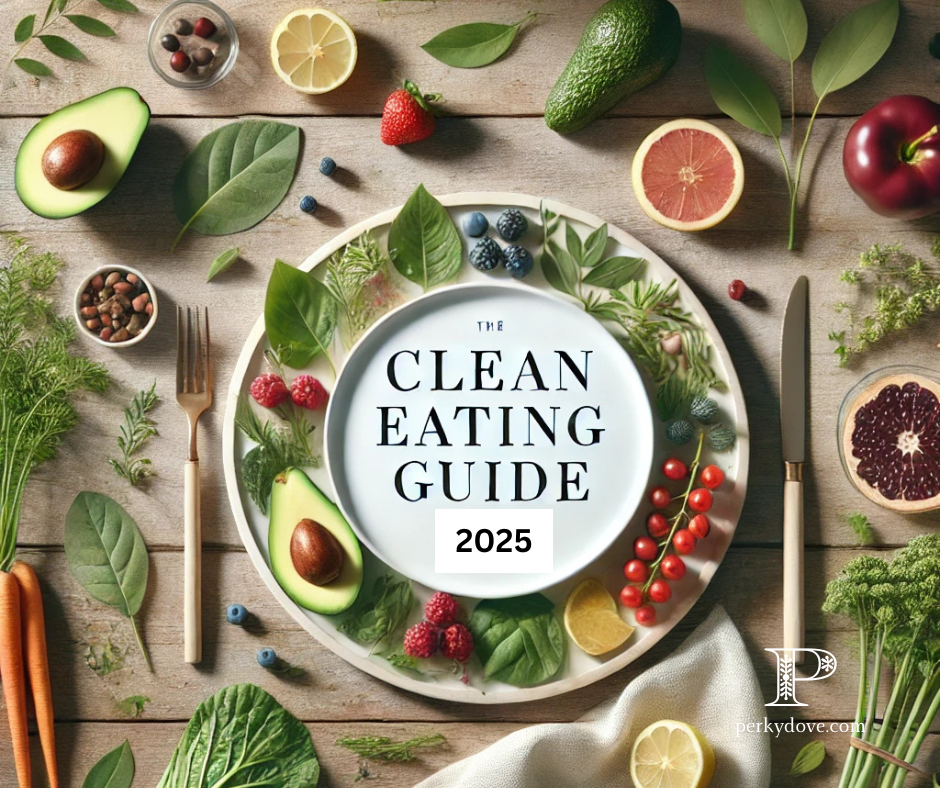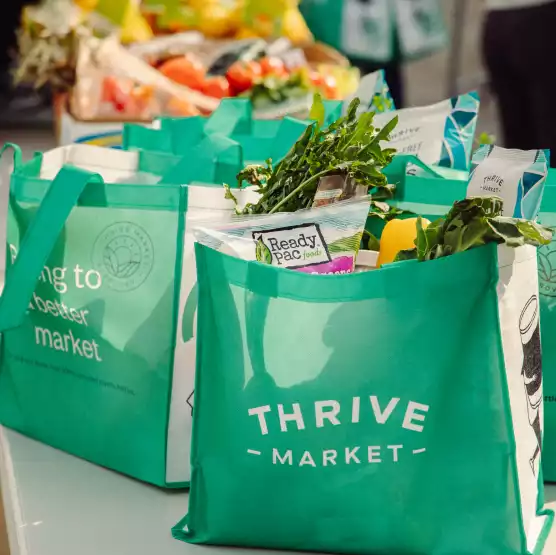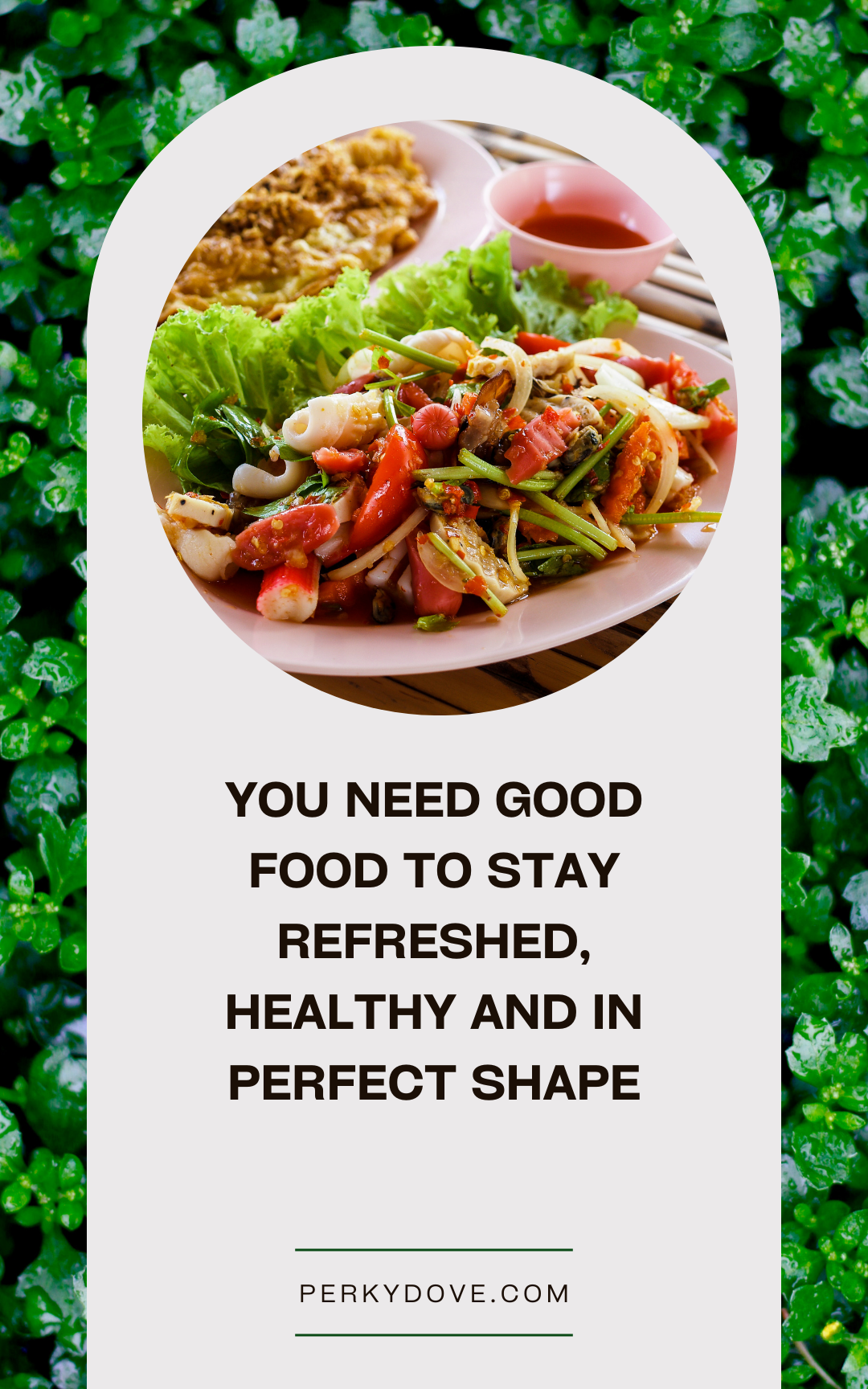We use affiliate links. If you purchase something using one of these links, we may receive compensation or commission.
Clean eating has taken the world by storm, offering a simple yet powerful way to embrace a healthier, more balanced lifestyle. By focusing on whole, unprocessed foods and understanding the journey from farm to fork, clean eating helps you connect with what you consume and fuels your body with the nutrients it craves.
What is Clean Eating?
Clean eating emphasizes consuming foods in their most natural state. Think of fresh fruits, vegetables, whole grains, lean proteins, and healthy fats—all free from artificial additives, preservatives, and excessive processing. The idea is to prioritize quality ingredients while steering clear of foods laden with sugars, unhealthy fats, and unpronounceable chemicals.
From Farm to Fork: Why It Matters
Understanding where your food comes from is a cornerstone of clean eating. The path from farm to fork reveals much about food quality, nutrient retention, and environmental impact. Choosing locally-sourced and seasonal produce not only supports your community but also ensures you’re eating fresher, more nutrient-dense options. Additionally, reducing the consumption of overly packaged or transported foods can lessen your carbon footprint, making clean eating a win for both your health and the planet.
Key Principles of Clean Eating
-
Prioritize Whole Foods: Opt for ingredients like fresh fruits, vegetables, nuts, seeds, and whole grains over processed alternatives.
-
Read Labels Carefully: If you buy packaged foods, stick to those with short, recognizable ingredient lists.
-
Cook More at Home: Preparing meals from scratch gives you control over what goes into your food.
-
Stay Hydrated: Focus on water and herbal teas while cutting back on sugary beverages.
-
Avoid Added Sugars and Refined Ingredients: Replace refined sugar with natural sweeteners like honey or maple syrup and swap white bread for whole-grain options.
Save Up to 30% On Organic & Non-GMO Groceries
Benefits of Clean Eating
Adopting clean eating habits can lead to numerous health benefits, including:
-
Improved Energy Levels: Whole foods provide sustained energy without sugar crashes.
-
Better Digestion: High-fiber fruits, vegetables, and grains support a healthy gut.
-
Weight Management: Nutrient-dense foods help you feel fuller for longer, reducing the urge to snack on unhealthy options.
-
Enhanced Skin Health: Antioxidant-rich foods promote a glowing complexion.
-
Reduced Risk of Chronic Diseases: Clean eating can lower the risk of heart disease, diabetes, and certain cancers.
Tips to Get Started
-
Meal Prep: Plan your meals in advance to avoid the temptation of unhealthy choices.
-
Shop Smart: Visit farmers’ markets or choose organic options when possible.
-
Start Small: Swap one processed item in your pantry for a clean alternative each week.
-
Stay Flexible: Clean eating isn’t about perfection. Treat yourself occasionally without guilt.
Divided Plates for Adults Kids Toddlers Balance Lunch Bariatric Diabetic Diet 9" Reusable Dinner Plates 3 Compartments with Knife Fork Spoon
Clean Eating Recipes to Try
-
Breakfast: Overnight oats with almond milk, chia seeds, and fresh berries.
-
Lunch: Grilled chicken salad with avocado, mixed greens, and a lemon vinaigrette.
-
Dinner: Baked salmon with roasted sweet potatoes and steamed broccoli.
-
Snack: Apple slices with natural almond butter.










